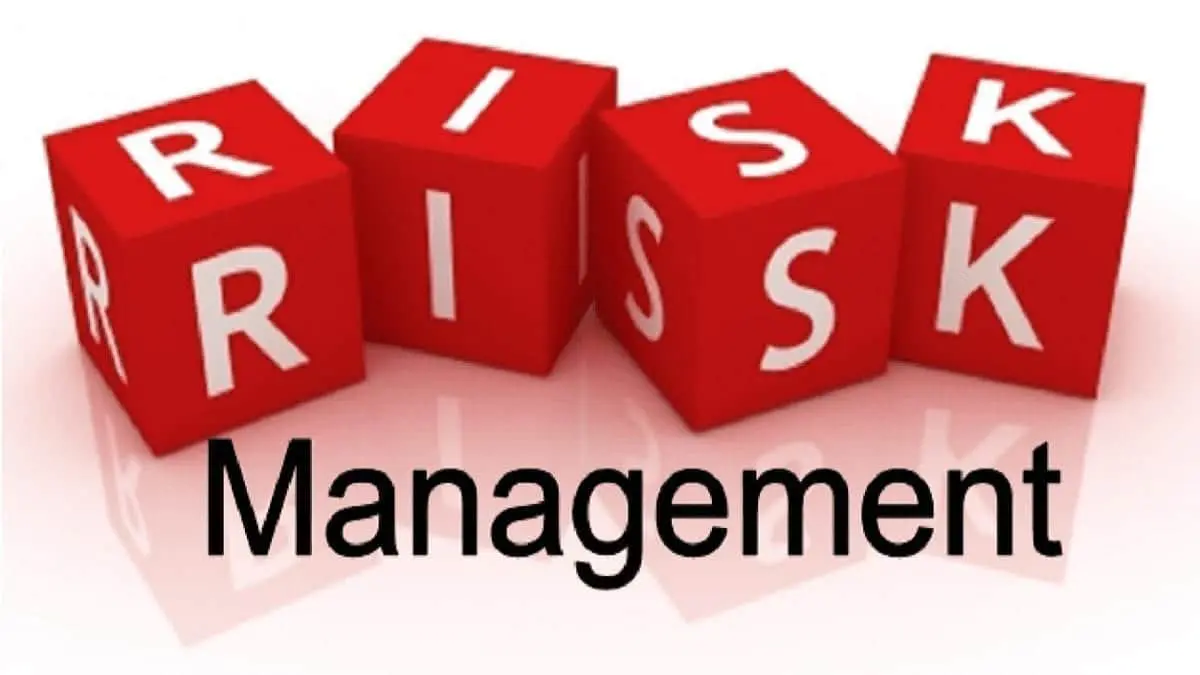One of the most important factors determining effective trading and capital market investment is risk management. Whether you trade professionally, invest institutionally, or just want to expand your portfolio, good risk management will either help or hinder your performance. Although profit is the aim, the basis allowing long-term development is the capacity to control losses and safeguard capital. The value of risk management course, its main ideas, and their application to the capital market will be discussed in this paper.
What is Risk Management?
Risk management is the process of spotting, evaluating, and managing hazards likely to compromise your financial situation. Risks in the financial markets come from many different sources: market volatility, economic downturns, interest rate adjustments, and geopolitics events. Risk management is to control and minimize risk to a reasonable level while optimizing possible profits rather than to eradicate risk as risk is natural in investment.
Value of Risk Management Within the Capital Market
Capital Maintenance Protection of your cash from major losses is one of the main goals of risk management. Prices of assets including stocks, currency, and commodities can swing quickly in the turbulent realm of capital markets. Investors run the danger of losing big chunks of their money in market downturns without a strong risk-management strategy. Using strategies like diversification or stop-loss orders helps investors protect their money and remain in the game over long terms.
Turns Down Emotional Decision-Making Often motivated by emotions, especially fear and greed, are the capital markets. Rapid price movement can cause emotions to drive illogical behavior including over-leveraging in a bull market or panic selling during a recession. By re-determining the money at risk in any trade or investment, a well-defined risk management approach helps reduce emotional biases and enables more objective decision-making.
It improves consistency and longevity. Long-term performance in the capital markets depends on consistency, so risk management becomes quite important. Limiting the possible losses helps traders and investors to endure times of volatility or market crashes without destroying their holdings. It helps you get back from losses and remain in the market long enough to seize profitable prospects when they present themselves.
Reducing Risk of Catastrophic Losses If not controlled, catastrophic losses—those brought on by unanticipated economic catastrophes or abrupt market collapses—can wipe out whole portfolios. By means of suitable position sizes and application of hedging tactics, risk management measures help to restrict the possible influence of these catastrophic events. Highly leveraged markets like Forex and futures, where a little negative price movement can cause significant losses, depend especially on this.
It enhances Ratios of Risk- Reward Finding the ideal balance between risk and reward is one of the fundamental ideas of risk control. Investors can concentrate on trades and investments with the optimal risk-reward ratios by computing possible losses relative to predicted gains. Position sizing, stop-loss levels, and take-profit orders are among risk management techniques that help you make sure you take on risk only when the possible gains make sense.
It reduces systematic and market risks Individual traders and investors have little influence over the several outside hazards that the capital markets expose. Systemic hazards include financial crises, geopolitical concerns, or legislative changes can have broad impact on all kind of assets. Although total avoidance of these hazards is unattainable, good risk management—that which includes asset allocation, diversification, and use of options for hedging—can help to minimize their effects on your portfolio.
Fundamental ideas of risk management in capital markets
Size of Position: Position sizing is the practice of estimating the trade or investment size depending on your total money and risk tolerance. Usually between 1% and 5%, it helps to cap the possible loss on any one deal to a percentage of your portfolio. This keeps one poor trade from negatively impacting your general investment plan.
Orders for stop-loss: Stop-loss orders serve to prevent too large losses by automatically closing a position upon reaching a set price level. To guard themselves from negative market movements, traders set stop-loss levels depending on technical analysis or risk-reward ratios. Especially in volatile markets, this is among the most often employed risk management instruments.
Variation Diversification: it means spreading your money throughout several asset classes, businesses, or geographical areas in order to lower your overall risk. You lessen the effect of losses in any one area by not concentrating all of your capital on one item. Diversification in diverse sectors and nations can call for a mix of stocks, bonds, commodities, and currencies.
Hedging : Hedging is the technique of offsetting possible losses by occupying an opposite position in a related asset. An investor with a portfolio of equities, for instance, would purchase put options as protection against a market collapse.
Final Thought
Any effective trading or investing plan in the capital markets depends mostly on risk management. Although the promise of riches can entices investors to assume too great risks, sustainable success results from the discipline of controlling those risks. Risk management guarantees that you can weather market volatility and stay in the game over the long run by concentrating on capital preservation, lowering emotional biases, and limiting exposure to catastrophic losses. A strong risk management strategy is crucial to reach your financial objectives and safeguard your wealth in the always shifting terrain of the capital markets regardless of your trading style or investment horizon.
Written By Naazish Lutfi
Lutfi Institute Of Capital Market

